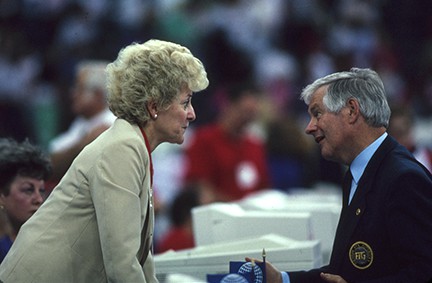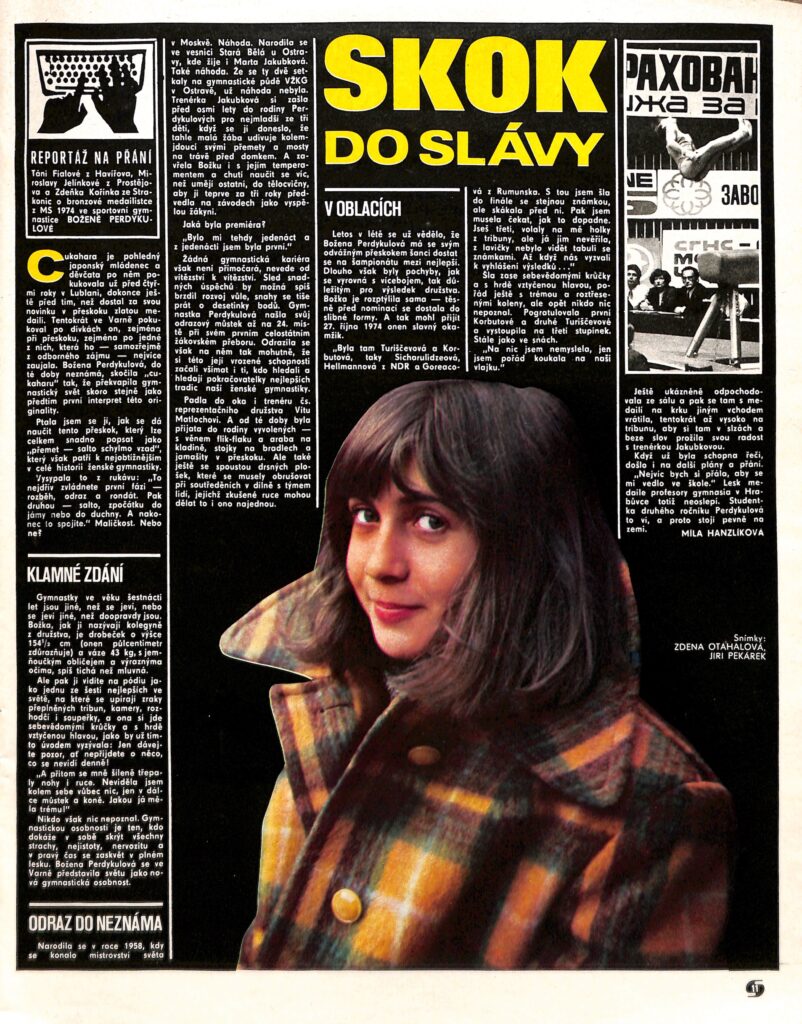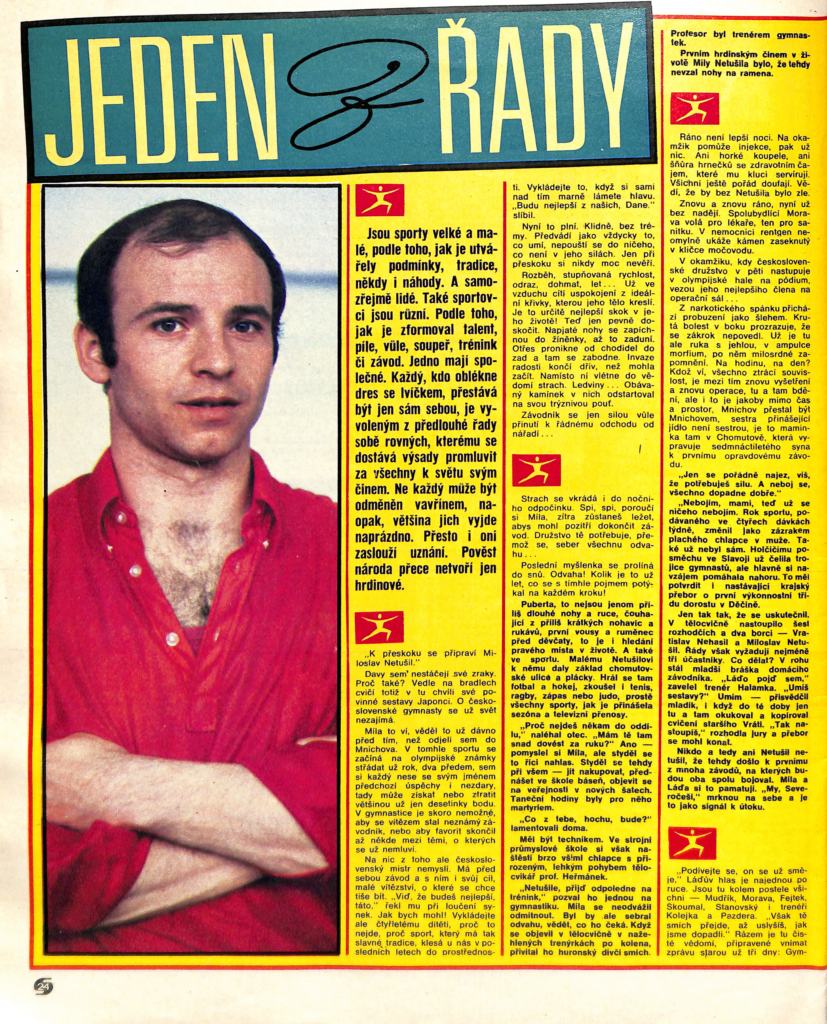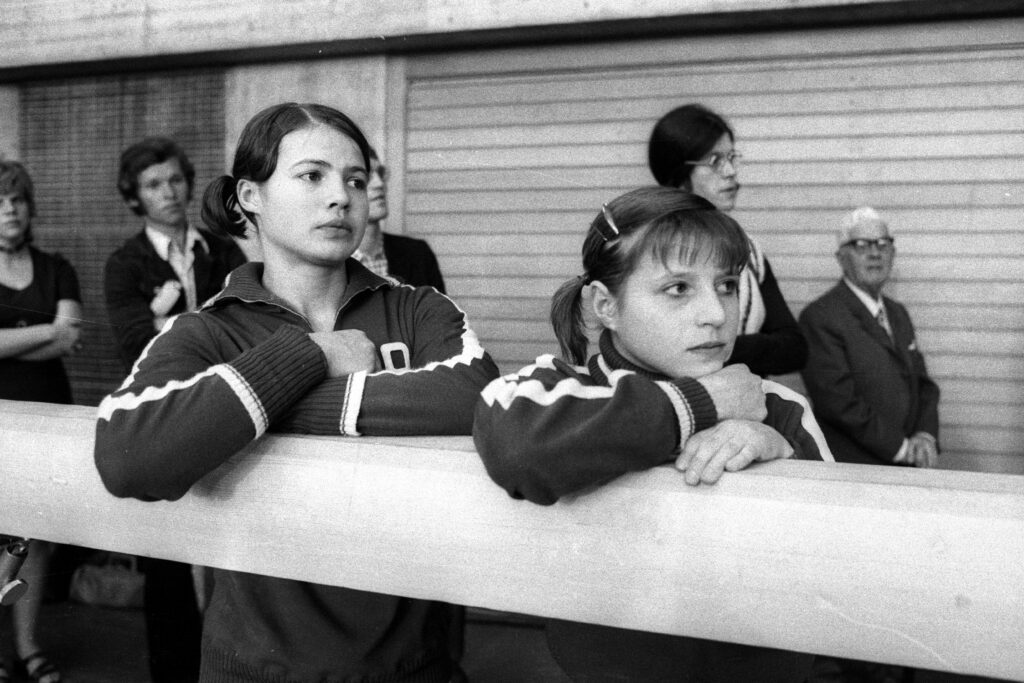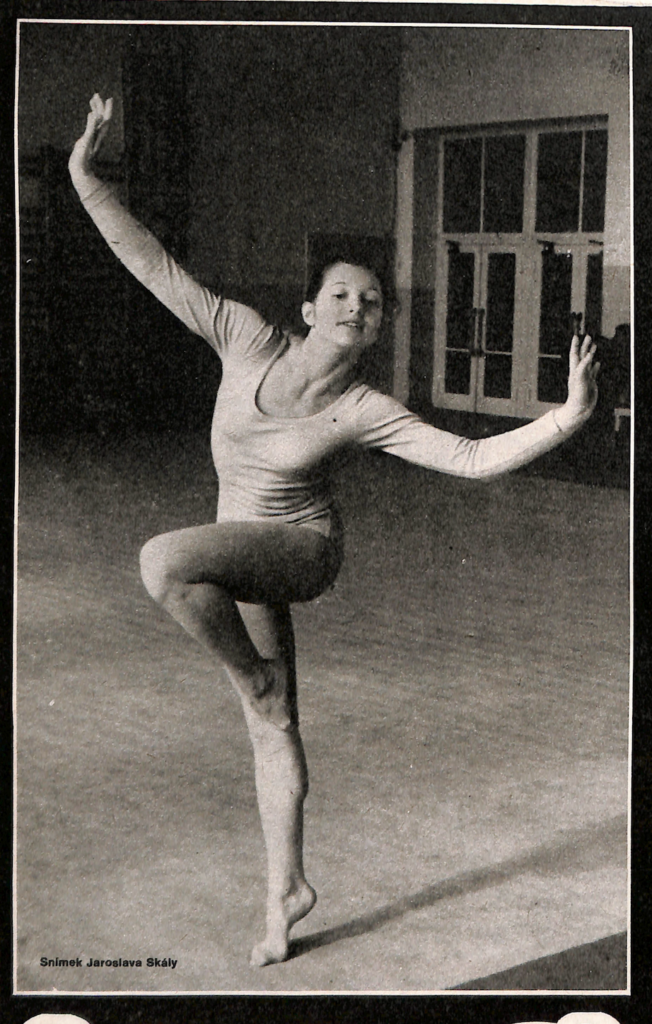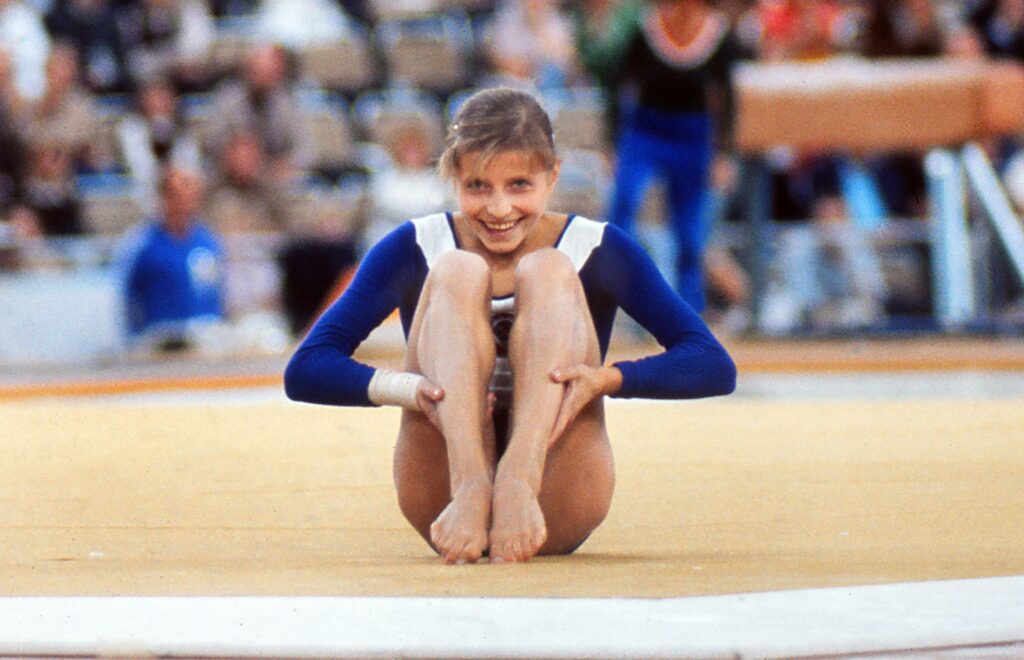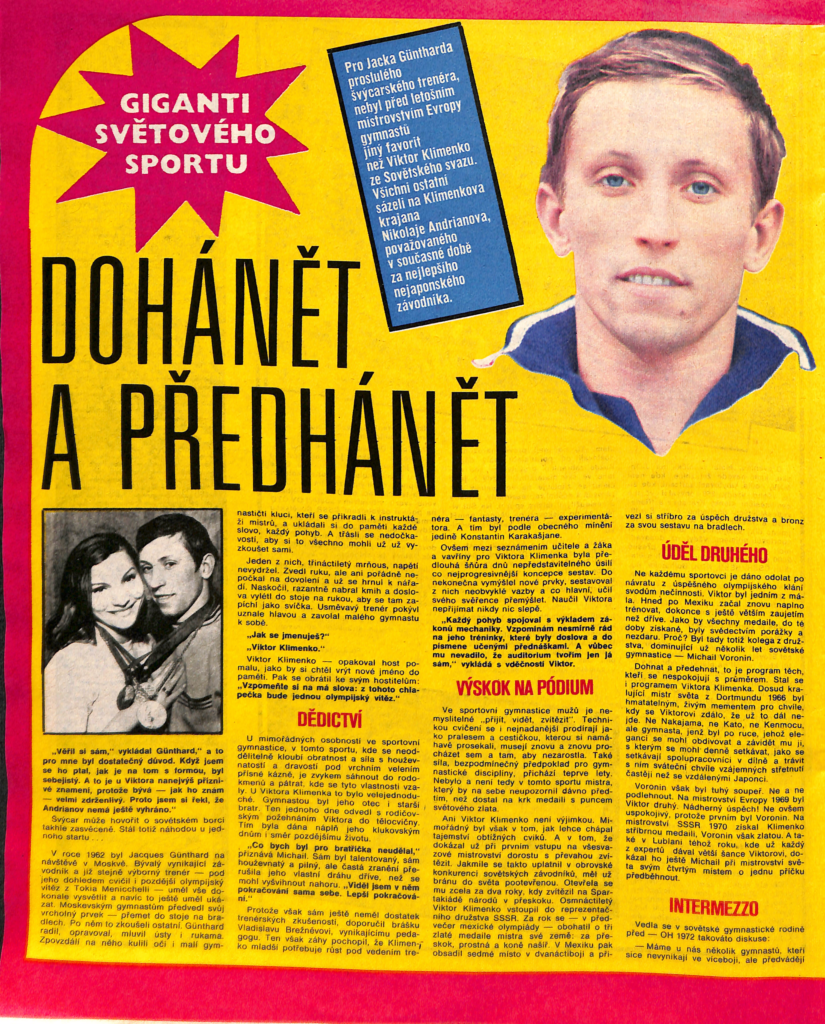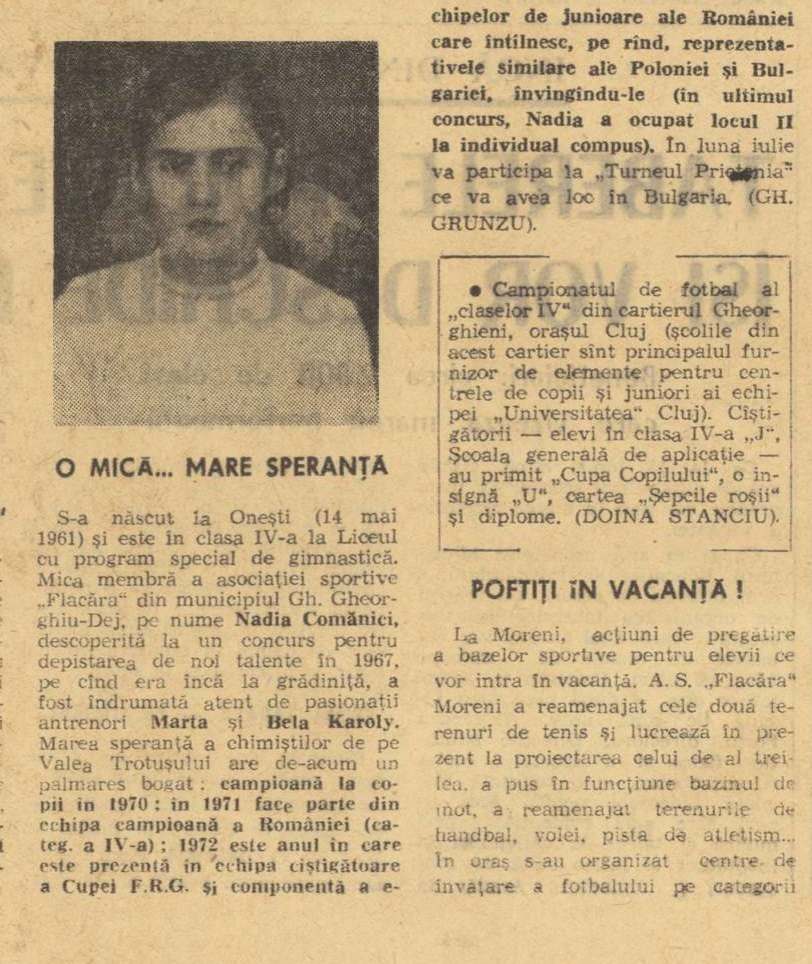How did one of the top U.S. judges perceive her profession in 1972?
Before the Munich Olympics, several newspapers printed profiles of Jackie Fie, who would later go on to become the president of the Women’s Technical Committee. Fie didn’t hold back in her statements. She confessed that judges had to show some favoritism towards their gymnasts “on the battlefield.”
“If you’re not going to go in there and fight for your kids, there’s something wrong with you,” she says. “I don’t think anyone is going to outright cheat, but you have to be lenient in judging your own team.
“If there’s a question in your mind whether one of your girls is worth 9.2 or 9.3, you’re going to give the 9.3—because you know that every other country is going to do the same for its girls.”
That’s just a little teaser of what you can find below…
